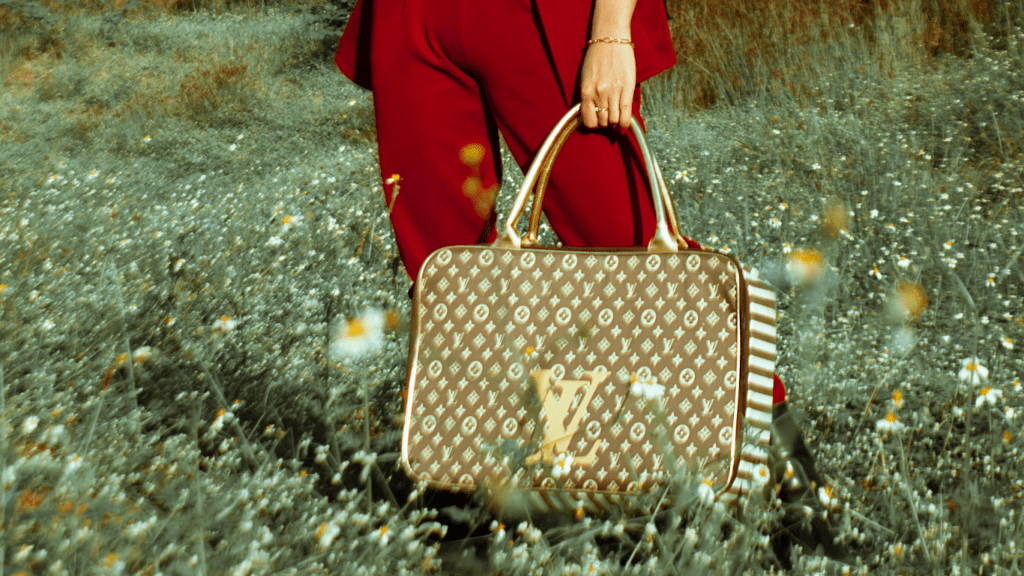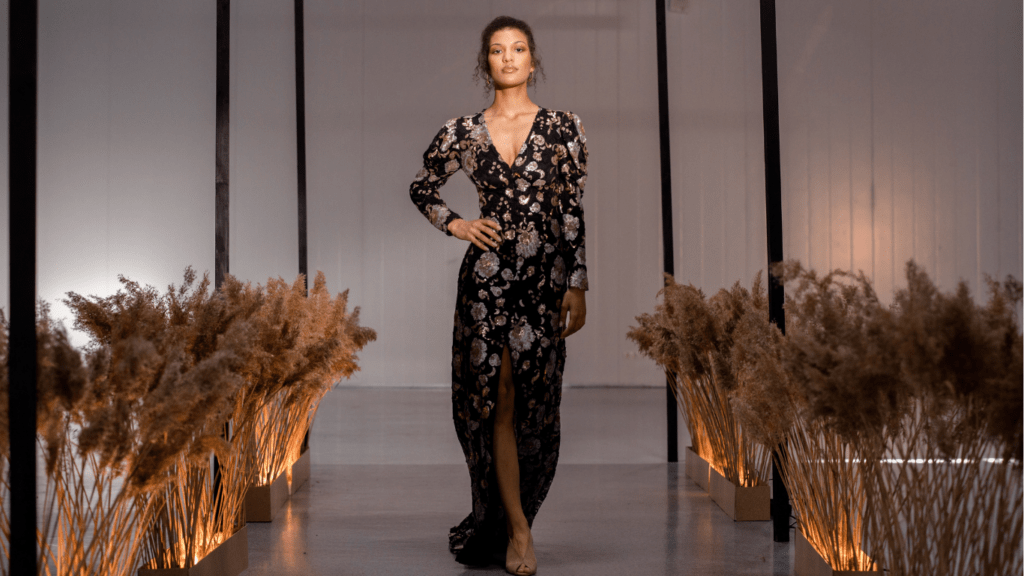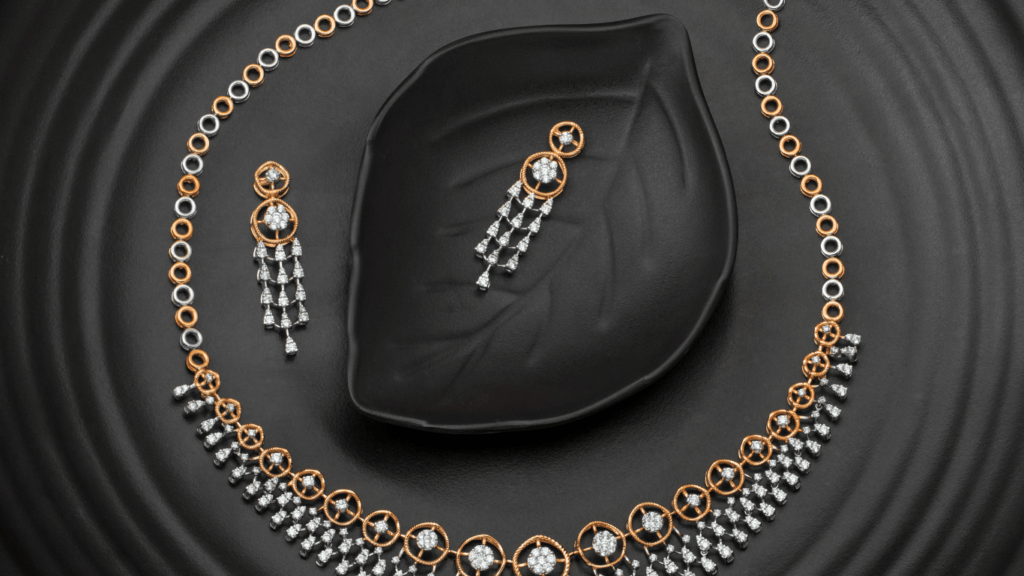History of Louis Vuitton
Founded in 1854, Louis Vuitton opened his first store in Paris. He specialized in crafting flat-topped trunks, which were revolutionary since the common trunks had rounded tops that couldn’t be stacked easily. By offering innovatively designed, durable, and stylish products, Vuitton quickly gained a prestigious clientele, including Empress Eugénie.
In 1896, Vuitton’s son, Georges, developed the iconic LV monogram to prevent counterfeiting. This design featured a mix of flowers, quatrefoils, and the “LV” initials, laying the groundwork for the brand’s distinct identity. The monogram became a symbol of luxury and exclusivity.
By 1914, Louis Vuitton opened the largest travel-goods store in the world on Champs-Élysées. The brand continued expanding throughout the early 20th century, adapting to changing travel needs with innovations like the lightweight canvas “Keepall” bag introduced in 1930.
A notable milestone occurred in 1987 when Louis Vuitton merged with Moët Hennessy to form the luxury conglomerate LVMH. This merger elevated the brand’s global reach and influence. Under the leadership of CEO Bernard Arnault, Louis Vuitton expanded into fashion, apparel, and accessories, launching their first women’s ready-to-wear line in 1998 with designer Marc Jacobs.
Today, Louis Vuitton remains synonymous with luxury. The brand holds an unparalleled legacy in both travel and fashion, continuing to create timeless pieces that blend heritage with modern innovation.
Iconic Louis Vuitton Collections
![]()
Louis Vuitton stands out with its distinguished collections that symbolize luxury and craftsmanship. Among these, the Classic Monogram and Damier Ebene collections are particularly noteworthy.
Classic Monogram
The Classic Monogram collection features the iconic LV initials and floral motifs. Introduced in 1896 by Georges Vuitton, this design aimed to prevent counterfeiting and establish brand identity. It quickly became synonymous with luxury travel, appearing on bags like the Speedy, Neverfull, and Alma.
Damier Ebene
The Damier Ebene collection predates the Monogram pattern, first introduced in 1888. Featuring a distinctive checkerboard pattern, it marked Vuitton’s innovation in design. This collection includes renowned pieces like the Keepall, Noé, and the Trevi, showcasing timeless elegance and durability.
Louis Vuitton in Fashion
Louis Vuitton’s impact on fashion is noteworthy, blending timeless design with modern innovation. The brand continues to set trends and captivate audiences globally.
Runway Shows
Louis Vuitton’s runway shows epitomize luxury and sophistication. At Paris Fashion Week, the brand showcases both men’s and women’s collections, with each show highlighting the creative vision of Artistic Director Nicolas Ghesquière for womenswear and Menswear Designer Virgil Abloh until his passing in 2021. These shows often feature innovative set designs and groundbreaking fashion that draw international attention.
Celebrity Endorsements
Celebrities play a significant role in Louis Vuitton’s brand presence. Icons like Angelina Jolie, Emma Stone, and BTS have endorsed the brand, often seen wearing LV at major events. These endorsements boost the brand’s visibility and reinforce its status as a luxury symbol. Collaborations with celebrities and influencers ensure Louis Vuitton remains at the forefront of fashion.
Louis Vuitton in Travel
Louis Vuitton has redefined luxury travel with its exquisite luggage and accessories, transforming journeys into elegant experiences.
Luggage and Accessories
Louis Vuitton’s initial success came from pioneering flat-topped trunks, which revolutionized travel by making it more practical and stylish. The brand’s luggage items, including hard-sided cases and soft canvas bags, are crafted with high-quality materials, ensuring durability and sophistication. Iconic pieces like the Keepall, the Noé, and the Speedy bags demonstrate the brand’s commitment to luxury and functionality. Each piece often features the distinctive LV monogram, symbolizing prestige.
Accessories extend beyond bags. Louis Vuitton offers travel essentials like passport covers, luggage tags, and travel organizers. These items combine practicality with elegant design, enhancing travel experiences. Precision in craftsmanship and attention to detail ensure that each accessory maintains the brand’s high standards.
Travel Guides and Collaborations
Louis Vuitton publishes exclusive travel guides that highlight luxury destinations worldwide. These guides offer curated experiences, from fine dining to cultural explorations, aligning with the brand’s dedication to luxury living. Each guide is meticulously researched, showcasing the finest hotels, restaurants, and cultural sites. The aim is to provide travelers with comprehensive insights into each destination.
Collaborations further enrich Louis Vuitton’s travel portfolio. Partnerships with artists, designers, and architects result in limited-edition collections that merge functionality with artistic expression. An example is the partnership with artist Jeff Koons, bringing a unique flair to travel accessories. These collaborations underline Louis Vuitton’s blend of tradition and innovation, setting it apart in the luxury travel market.
Craftsmanship and Quality
Louis Vuitton’s craftsmanship and quality are the bedrocks of its reputation. The brand’s meticulous attention to detail ensures unparalleled luxury in travel and fashion.
Materials Used
Louis Vuitton uses only the finest materials for its products.
- The signature Monogram Canvas combines coated canvas with a PVC coating for durability.
- Leather, like Epi and Taiga, is selected for its fineness and treated to enhance its longevity.
- Exotic skins, like crocodile and python, are ethically sourced.
- The brand also incorporates innovative materials, such as the lightweight and resilient Damier Graphite canvas.
For linings, Louis Vuitton opts for high-quality textiles, ensuring comfort and durability.
Production Process
The production process at Louis Vuitton prioritizes precision. Artisans undergo rigorous training to master the brand’s techniques. Each item passes through multiple quality control stages. Cutting, a critical step, uses lasers for exactitude. Stitching techniques, like saddle stitching, ensure both strength and aesthetics. Edges are hand-painted for a flawless finish. Louis Vuitton conducts stringent tests on products, simulating various conditions to guarantee longevity. This rigorous attention to detail in the production process upholds Louis Vuitton’s legacy of excellence.
The Future of Louis Vuitton
Louis Vuitton continues to innovate, aiming to blend tradition and modernity. This section explores the sustainability efforts and expansion plans that shape the brand’s future.
Sustainability Efforts
Louis Vuitton invests in eco-friendly initiatives. The brand seeks to reduce its carbon footprint by optimizing supply chain processes and using renewable energy sources. By 2025, the brand commits to achieving 100% use of responsibly sourced raw materials, including leather and fabrics. Innovative materials like recycled polyester and organic cotton are increasingly featured in collections.
Expansion Plans
Louis Vuitton plans to strengthen its presence in emerging markets.
- New stores in Asia, Africa, and Latin America aim to reach broader audiences.
- The brand also focuses on enhancing the digital shopping experience by incorporating augmented reality (AR) and artificial intelligence (AI) technologies.
- Collaborations with local artists and designers fortify Louis Vuitton’s connection with culturally diverse markets.


 Beauty Product & Fashion Brand Reviewer
Elizabethie Vallestiera is Glam World Walk's go-to expert for in-depth beauty product reviews and luxury brand spotlights. With a meticulous approach to analyzing the latest beauty innovations, she ensures that readers are always informed about the best products on the market. Elizabethie’s passion for uncovering the stories behind iconic fashion brands makes her articles not only informative but also captivating, offering a blend of style, substance, and glamour that readers crave.
Beauty Product & Fashion Brand Reviewer
Elizabethie Vallestiera is Glam World Walk's go-to expert for in-depth beauty product reviews and luxury brand spotlights. With a meticulous approach to analyzing the latest beauty innovations, she ensures that readers are always informed about the best products on the market. Elizabethie’s passion for uncovering the stories behind iconic fashion brands makes her articles not only informative but also captivating, offering a blend of style, substance, and glamour that readers crave.
